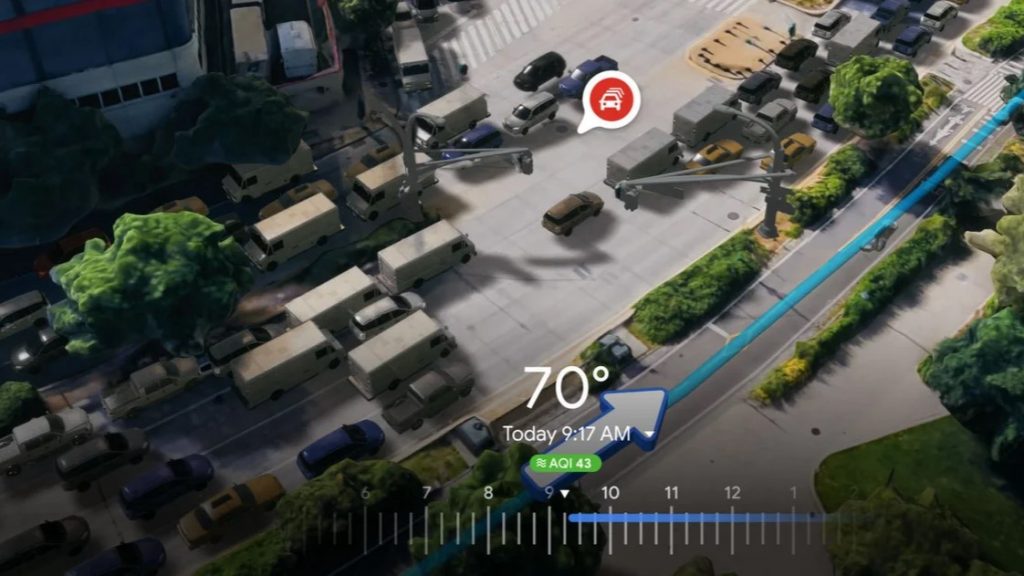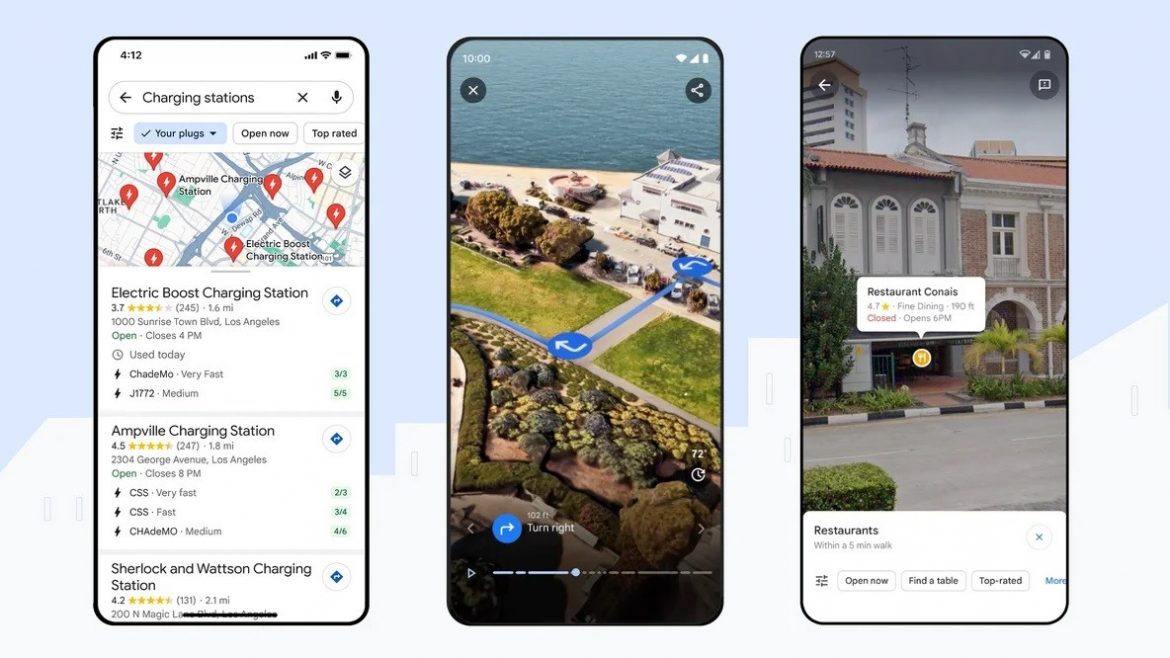Over the past year, Google has been playing around with the idea of reinventing Maps. For this, the company announced the roll-out of features like Live View and Immersive View for places. And in May, Google announced Immersive View for routes at its annual I/O developer conference. And now, Google has announced a few more updates for Maps. Here’s a look at them and also how Immersive View for routes works.

In essence, Immersive View builds upon Google’s Street View feature and lets you visualise every segment of a route before you embark on the journey, irrespective of whether you are driving, riding, walking, or cycling. Immersive View uses computer vision and Artificial Intelligence (AI) to fuse billions of Street View and aerial images to create a realistic digital model of the world. As standard, directions on Google Maps are shown on a 2D schematic. But with Immersive View, you will get a multidimensional experience that lets you preview bike lanes, sidewalks, intersections and parking along your journey. You can also see the weather and traffic conditions and how they will change along the route. The feature has been rolled out in cities like Amsterdam, Barcelona, Dublin, Florence, Las Vegas, London, Los Angeles, Miami, New York, Paris, San Francisco, San Jose, Seattle, Tokyo and Venice on Android and iOS platforms.
The next update comes in the form of Lens in Maps (previously called Search with Live View). It helps you quickly acclimate yourself if you find yourself in new surroundings. The feature works via AI and augmented reality. To use it, tap the Lens icon in the search bar, lift your phone, and point to nearby ATMs, stores, restaurants, or coffee shops to find information about them.
The navigation map is also getting updated with more colours, more realistic building graphics, and improved lane marking and manoeuvre details.
EV drivers are set to feel more relaxed on journeys, as Google built-in will now offer more user-centric information on charging stations, including whether a charger is compatible with your vehicle and whether the available chargers are fast, medium, or slow. You can also see when a charger was last used to avoid wasting time heading to a non-functioning charger. These updates have started rolling out globally on iOS and Android.



